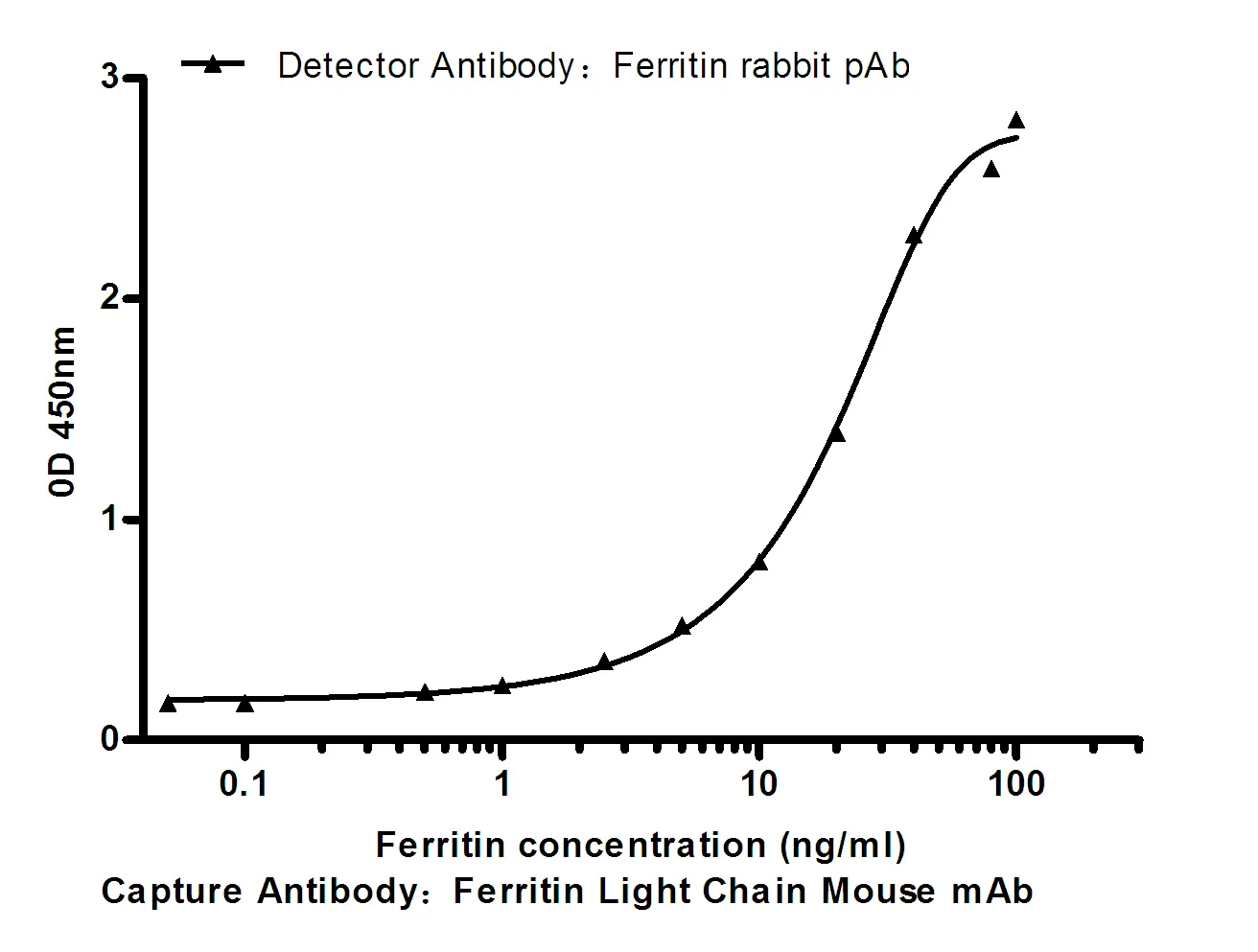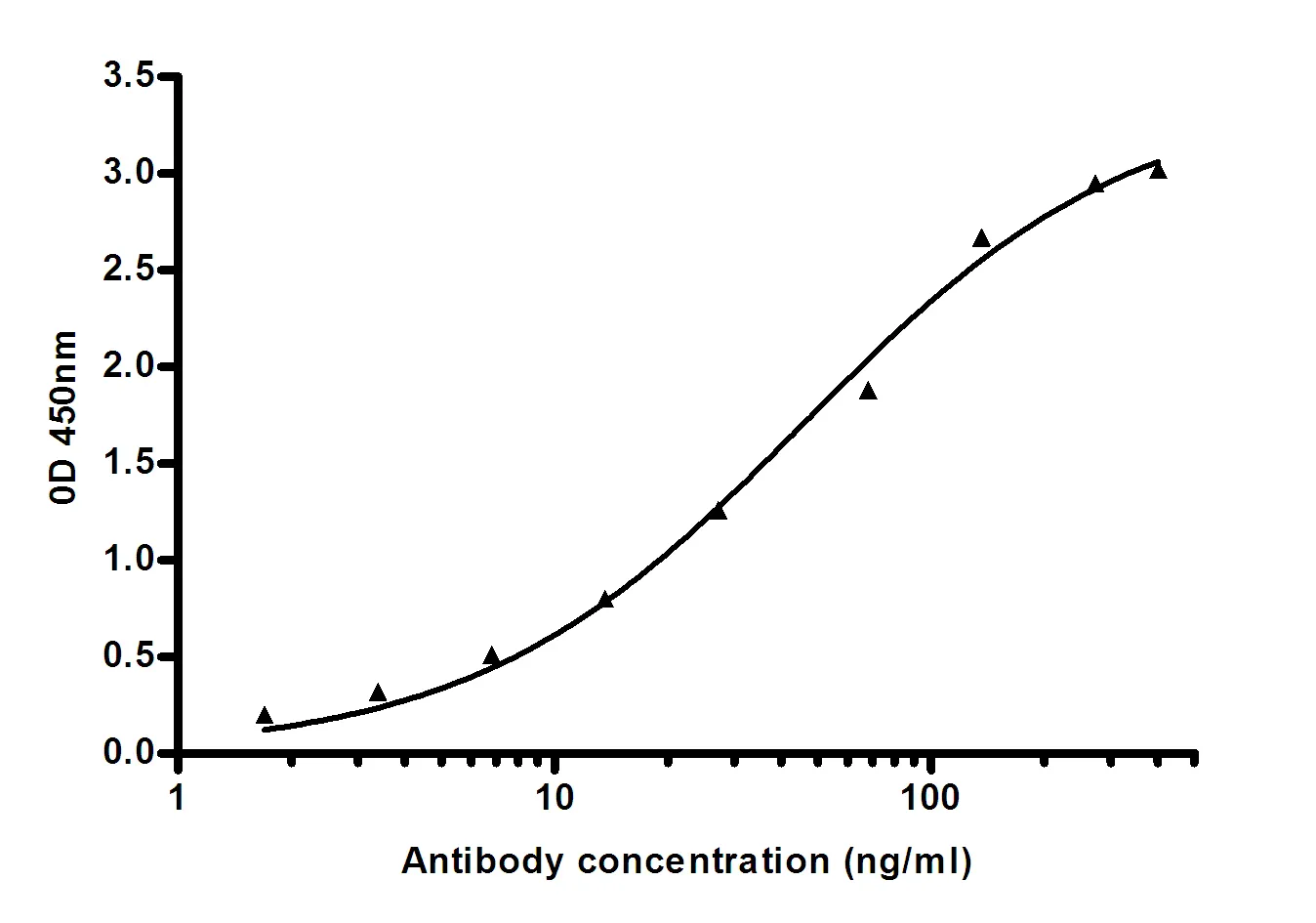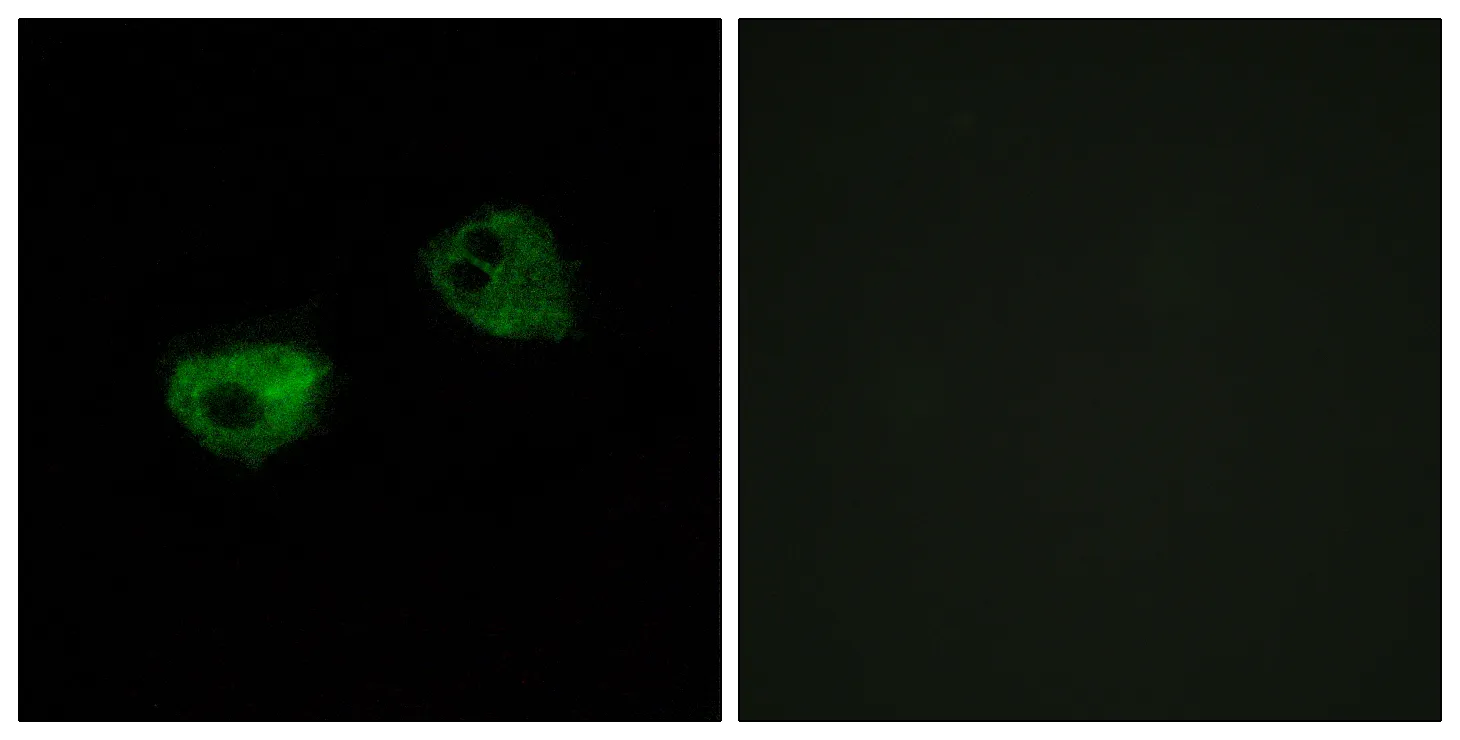Summary
Performance
Immunogen
Application
Background
The protein encoded by this gene is similar to Saccharomyces cerevisiae LYS5, which is required for the activation of the alpha-aminoadipate dehydrogenase in the biosynthetic pathway of lysine. Yeast alpha-aminoadipate dehydrogenase converts alpha-biosynthetic-aminoadipate semialdehyde to alpha-aminoadipate. It has been suggested that defects in the human gene result in pipecolic acidemia. [provided by RefSeq, Jul 2008],catalytic activity:CoA-[4'-phosphopantetheine] + apo-[acyl-carrier-protein] = adenosine 3',5'-bisphosphate + holo-[acyl-carrier-protein].,cofactor:Binds 1 magnesium ion.,function:Catalyzes the post-translational modification of target proteins by phosphopantetheine. Can transfer the 4'-phosphopantetheine moiety from coenzyme A to a serine residue of a broad range of acceptors, such as the acyl carrier domain of FASN.,PTM:Phosphorylated upon DNA damage, probably by ATM or ATR.,similarity:Belongs to the P-Pant transferase superfamily. AcpS family.,subunit:Monomer. Interacts with FASN.,tissue specificity:Detected in heart, skeletal muscle, placenta, testis, brain, pancreas, liver and kidney.,
Research Area
Lysine biosynthesis;Lysine degradation;




